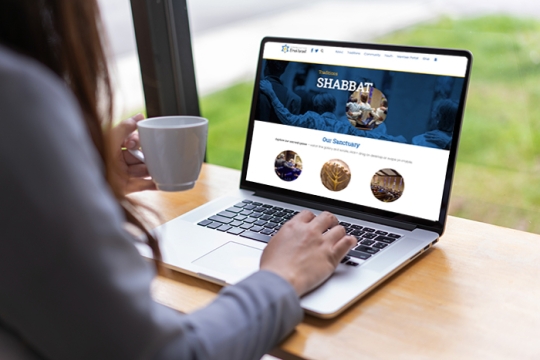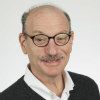
What should synagogue life include? What should comprise a fulfilling year in the life of a synagogue? I ruminate over these questions.
A full answer certainly includes celebrating the liturgical calendar year of Shabbat, holy days and festivals; marking the sacred lifecycle moments of those in our communities, birth, b’nei mitzvah, marriage, mourning, illness, recovery, achievement and setback; adult education, social action, social justice, community care, and mere community togetherness all play a role. A synagogue should strive to do all of the above with excellence, grace, wisdom, and beauty. These should be the standards against which we measure all that we do. I am committed to the significance and centrality of all this, but I ask myself, what else?
I remain unsatisfied. I have a restless temperament by nature and want synagogue life to offer more. My teacher, Rabbi Larry Hoffman has suggested that synagogues are challenged, “to balance our emphasis on a community of care with a community of profundity.” I find myself asking what goes into being a “community of profundity.” In an address to the Central Conference of American Rabbis (CCAR), the professional arm of the Reform rabbinate, the late Rabbi Harold Schulweiss once asked if the synagogue was a place of ideas.
I find myself relating these questions to my congregation, Temple Micah, in Washington D.C. I ask myself if the Temple Micah experience is provocative and filled with life. Do we reflect the vibrancy of the world around us? Do people find us relevant, wise, informed, and challenging? Is there a sense of growth and passion here or do we simply cycle through the calendar year?
As a way of institutionalizing our desire to push ourselves to be more, we created an Innovation Fund. The back-story is the interesting part. An out-of-town regular visitor to Micah once commented that part of what makes Micah distinctive in her eyes is what she called, “our shared language.” When asked to clarify, she pointed out that she hears phrases at Micah regularly that she does not hear elsewhere. We aspire to be “a laboratory for the American Jewish future.” We like the idea of “being an experiment in what is religiously possible in a Jewish context.” “If it’s not broken, break it.” We ”like to fail because in failure there is learning.”
Without our even realizing it, the language of innovation had become part of our character, otherwise known as “why not try it”—after all, MacArthur Genius Grant recipient, choreographer, and educator, Liz Lerman, was already leading the congregation in worship dance movement in a full sanctuary on Yom Kippur. After that, nothing else could be very far out of the box.
Indeed, for many years we had been funding innovation through the Rabbi’s Discretionary Fund. But then we realized that formalizing innovation with its own fund would serve to make explicit what had become implicit. We announced the fund and donations of widely varying amounts have been more than forthcoming.
Our first Innovation Fund initiatives were a series of provocative panel discussions that we professionally video recorded, edited, transcribed, and posted on our website. They are available for anyone to watch and have been used in adult education conversations in various places.
We are currently using our fund to create a new cycle of haftarot readings that will serve to reanimate the prophetic voice in our Shabbat worship. Along with a new cycle of readings, we will look to create a new haftarah ritual to accentuate the power of this part of the service. Although the project is being spearheaded by a rabbinical student intern, we have been slowly introducing the new haftarot at Shabbat morning services through the year, and listening for congregational response, which has been overwhelmingly enthusiastic. We are hoping to engage the largest circle of our community through adult education in the Hebrew month of Elul (the month preceding Rosh HaShanah) and to incorporate new readings on the High Holidays. Again, when it is complete, we will post the new cycle on our website for anyone to use.
Finally, we are using our Innovation Fund to bring Temple Micah outside the walls of the synagogue building in a new way. I have long dreamt of “Storefront Micah,” a provocative Jewish presence on the street. Think Christian Science Reading Room meets funky coffee house and then make it Jewish—music, poetry, study, with Jewish books and journals strewn all around. Our fund is allowing us to take initial steps in this direction.
We want to use the fund to expand the definition and with it the vision and reach of the American synagogue. We are, in short, looking for new answers to this question: “What should synagogue life include?”
As you consider ways your congregation can innovate, keep in mind that those that do so are more likely to be sustainable than those that view sustainability as preserving the status quo. For more information about this topic, read “Creating a Culture of Experimentation in Your Congregation.”
Related Posts

Setting Your Leaders Up For Success

Safety, Equity, and Accountability is the Path to a Thriving Jewish Community

